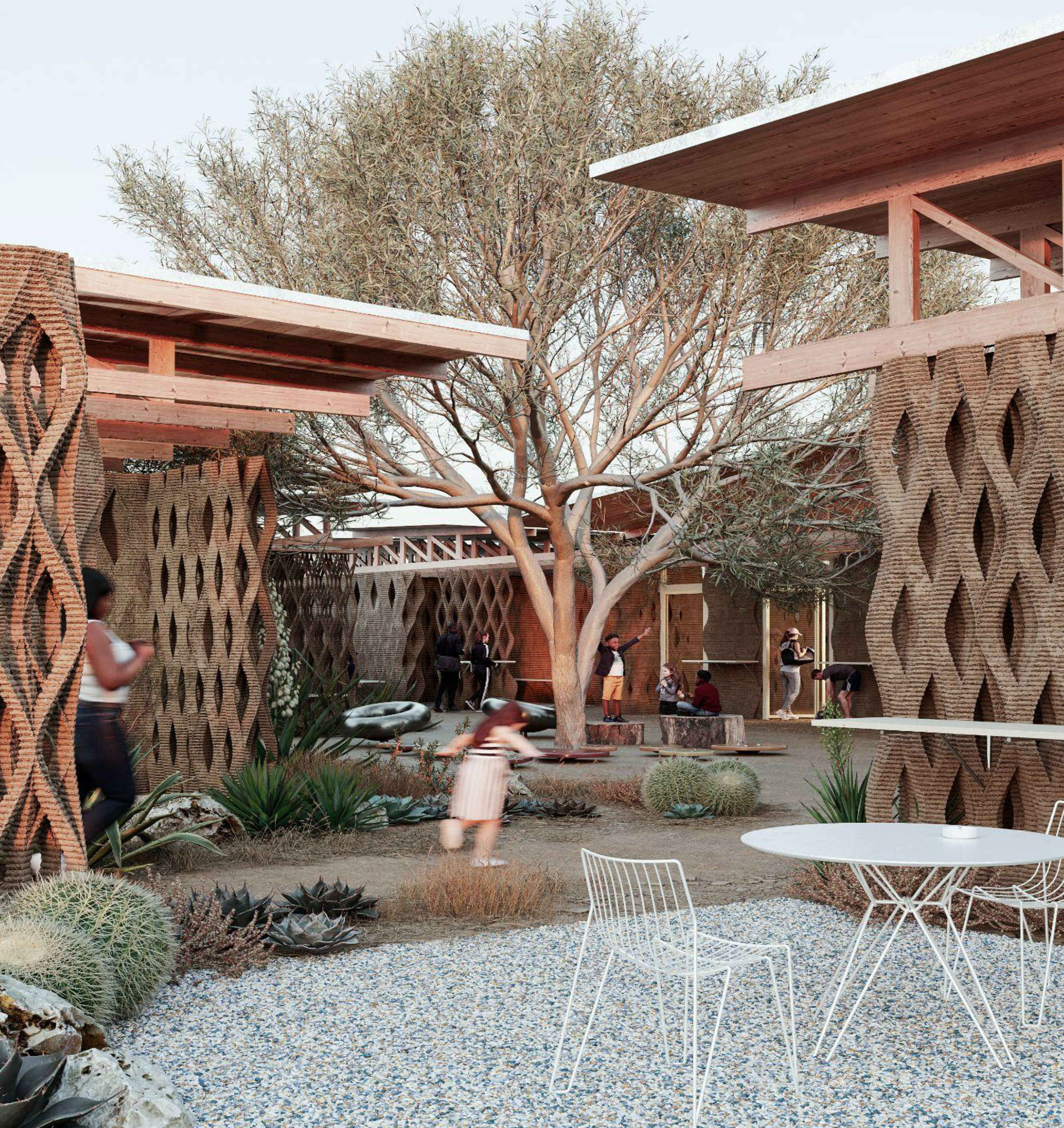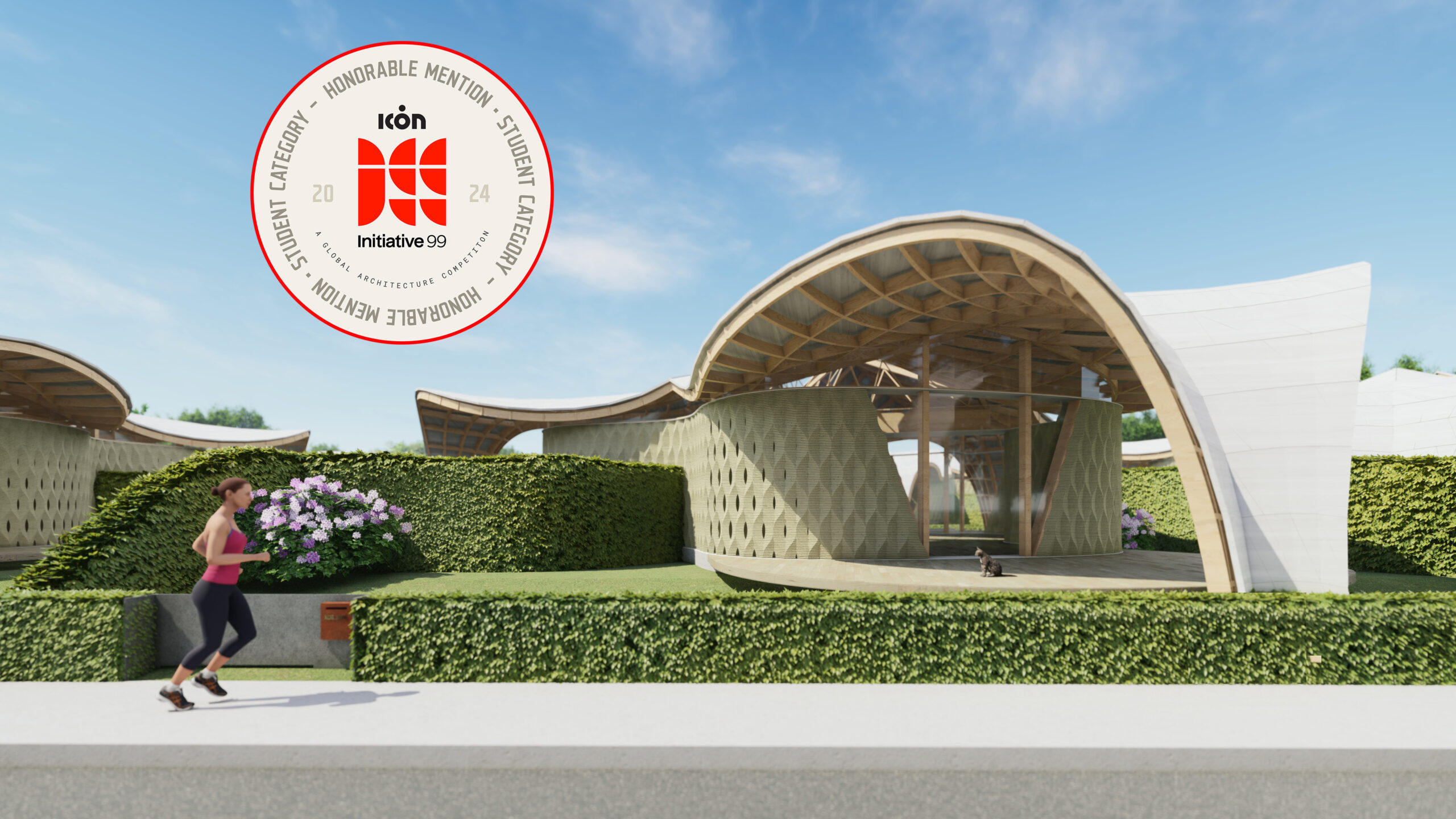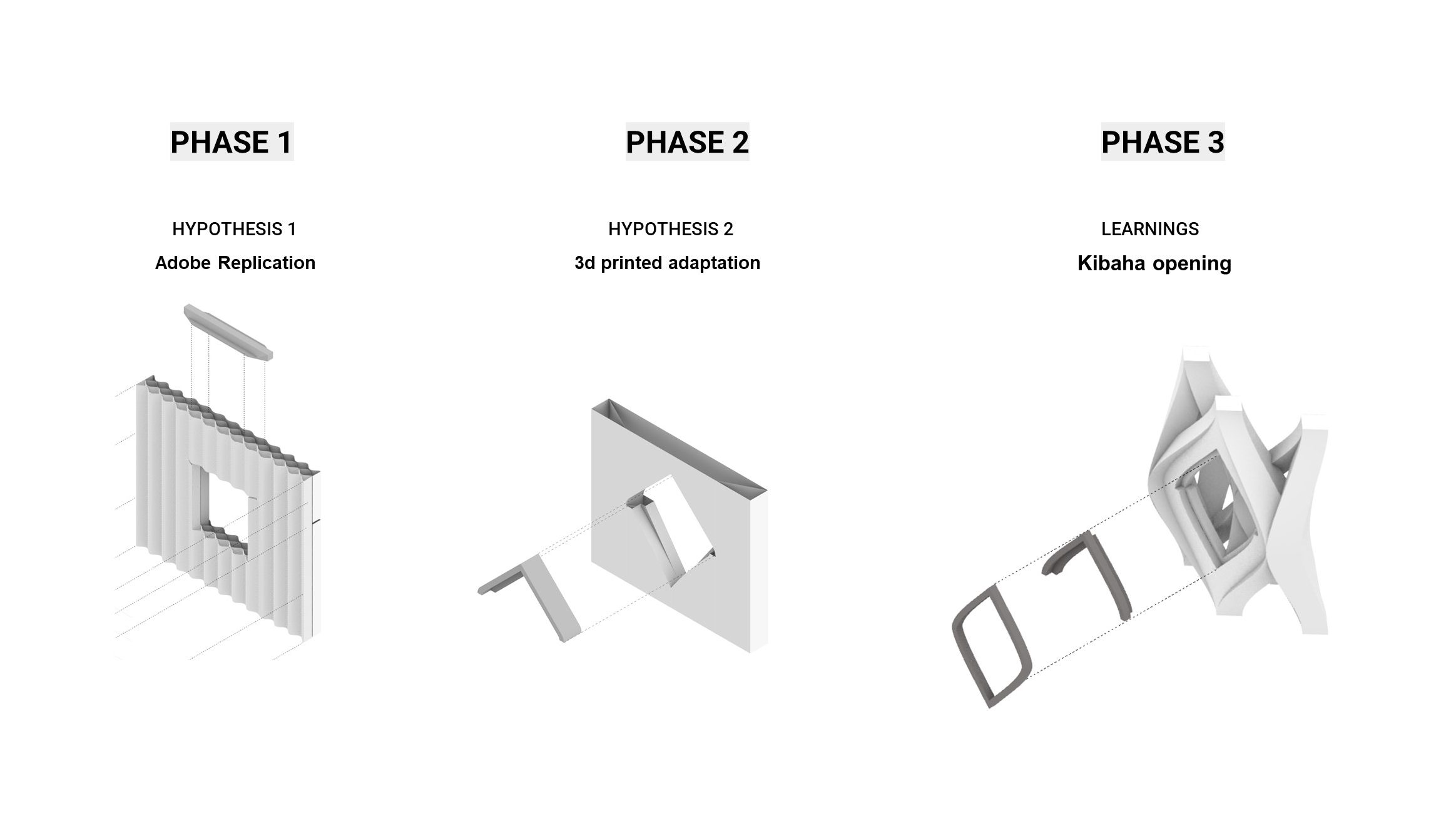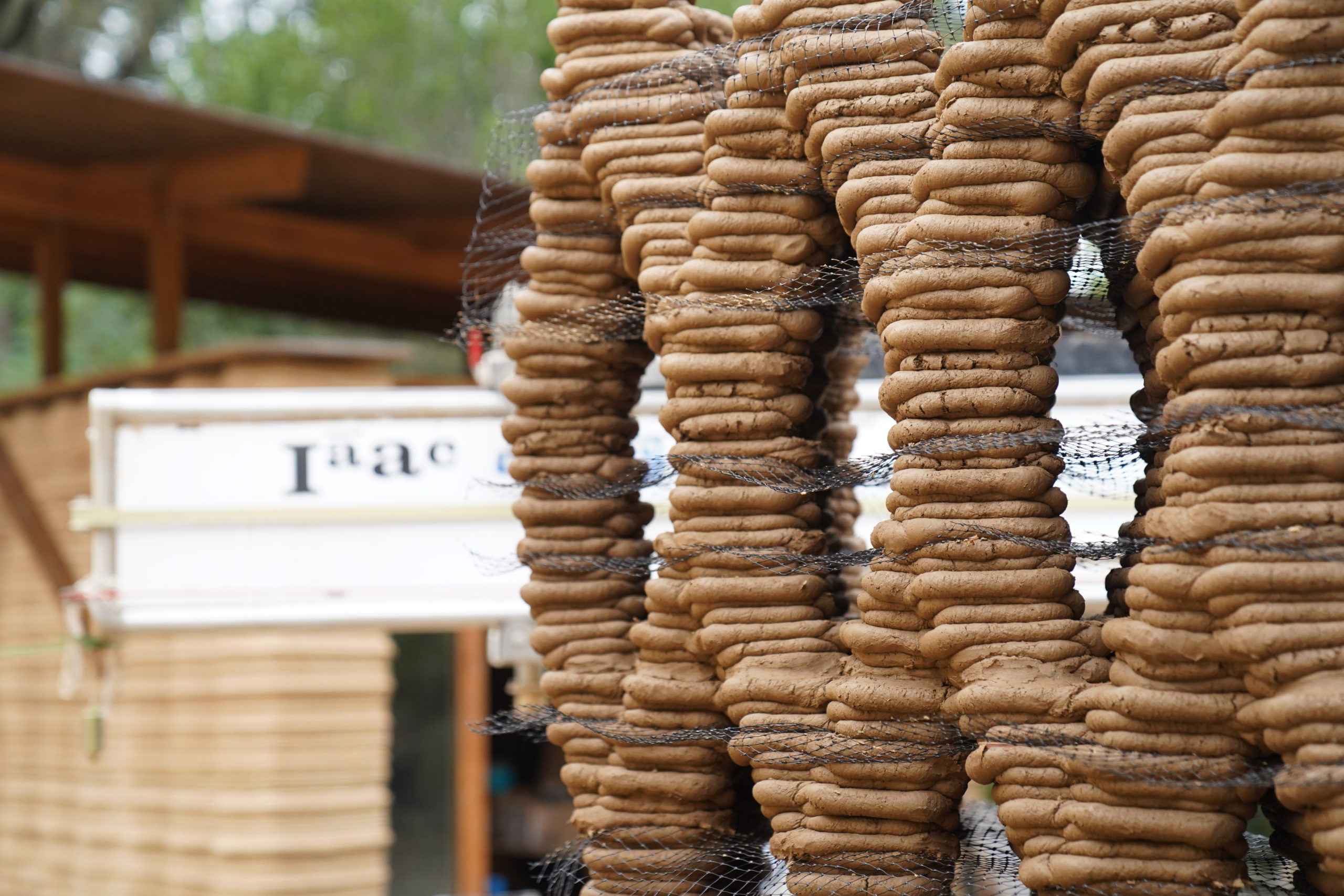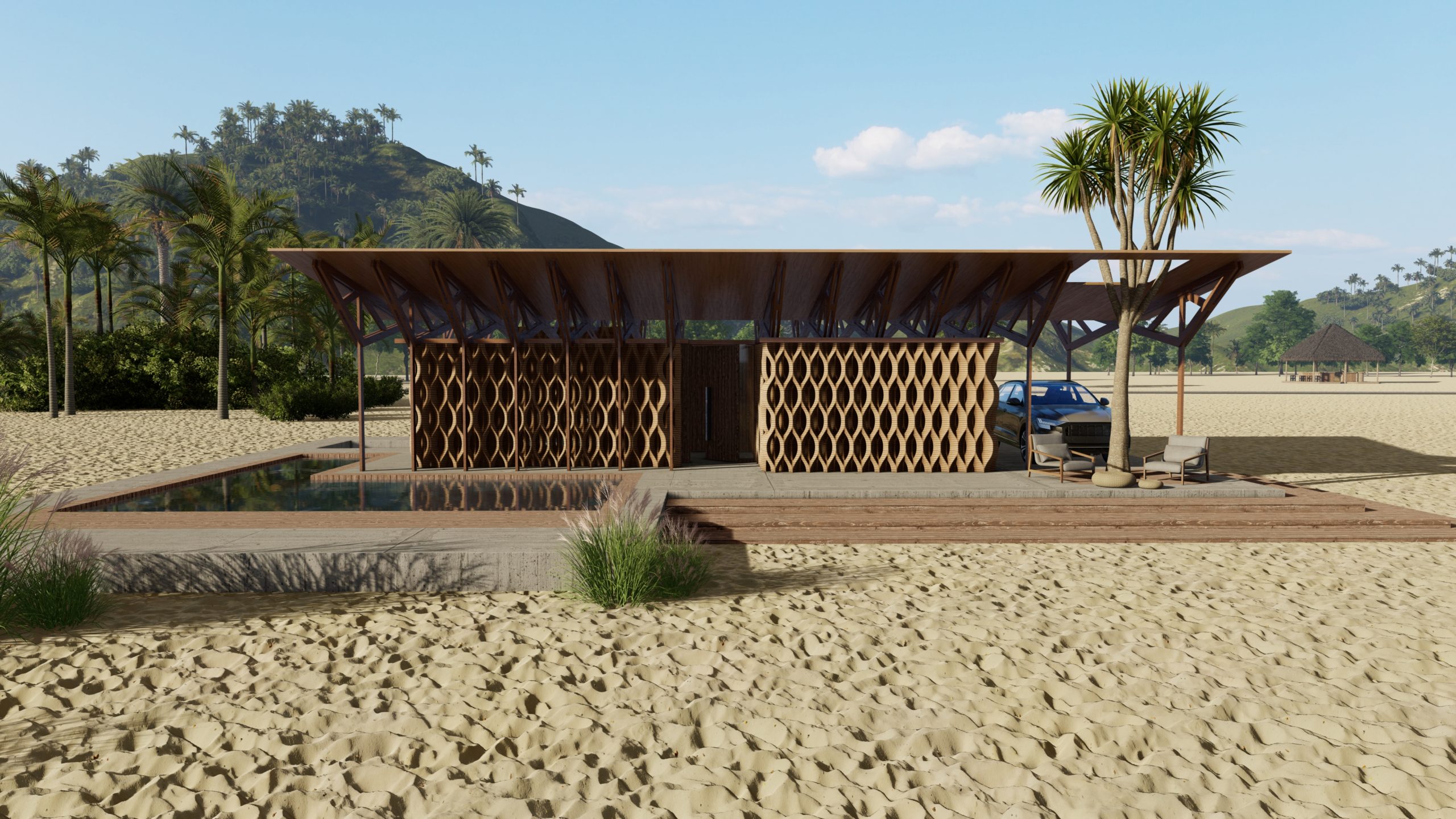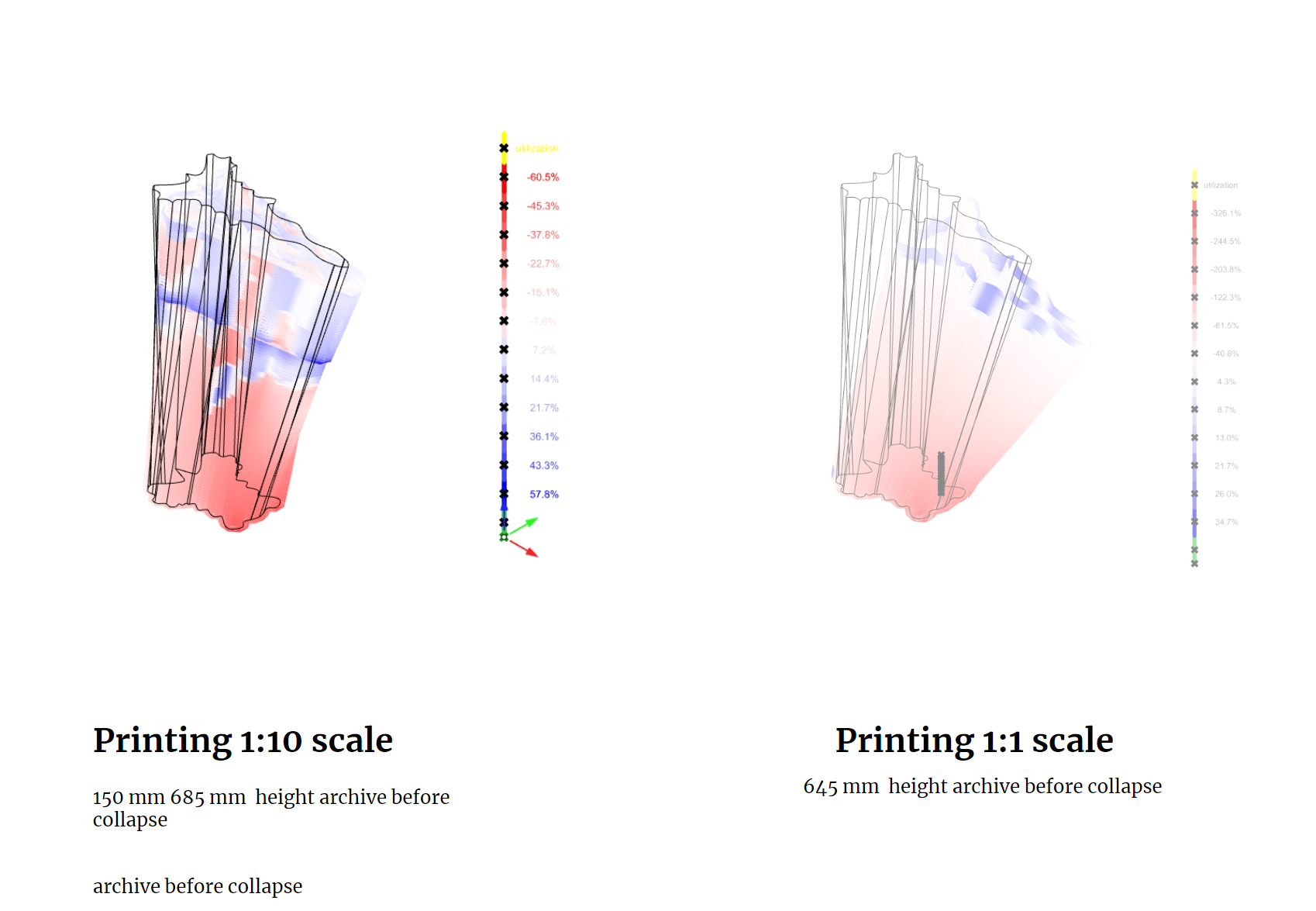The Postgraduate in 3D Printing Architecture is a 6-month long intensive programme in the field of additive manufacturing of sustainable architecture. Between the use of advanced technology for construction and the desire to develop a holistic design approach to architecture, we engage with different areas of research that include robotic manufacturing, material research and performance-based design. The programme seeks to develop technological and architectural solutions in collaboration with Industry partners to answer the current needs and challenges of our habitat.
CASA FAMI
A Family-Oriented Home While investigating demographics in Austin, we found that more than one quarter of the families there are single-parent households. Of these, the vast majority are single mothers. With these statistics in mind we arrived at three design considerations: the needs of a single parent household, Austin’s climate, and the unique constraints and … Read more
resiTONAK Student Housing
resiTONAK is a pioneering housing solution that reinvents student living, fusing affordability, sustainability, and community connectivity. With a module budget under $100,000 and a compact footprint of less than 400 square feet, resiTONAK sets a new standard for student living by using 3d printing to develop an architecture that responds to climate and challenges living … Read more
Nex-Living
3D Print Affordable Pocket Neighborhood ICON Initiative 99 Phase One Honorable Mention in the Student Category Problematic Statement In today’s urban landscape, digital nomads, engaged professionals, and couples face a growing challenge in securing affordable housing that aligns with their dynamic lifestyles. As the demand for affordable housing intensifies, the conventional housing market often falls … Read more
Vertical Openings
This research focuses on the exploration of vertical openings in 3D printed earthen walls. It seeks to answer the question: How to construct medium and large vertical openings in earth 3D printing, providing a maximum opening ratio while minimizing mass and material usage? The objectives of this research are:
Construction – Prototype for Kibaha
Table of Contents Abstract Design Previous Research : LIGHT [ AIR ] Tova vs Kibaha Porosity Compositional grid for Kibaha prototype Technical Challenges Material Recyclability Foundation & Cast Overhangs Edges condition Mesh grids Offsets Approach curves & curve order Ventilation Conclusion Abstract The relatively low mechanical strength of earth means that its use in traditional … Read more
Techne Week 6: Earth 3D Printing Architecture
Overview In the last week of Phase One TECHNE, comes Architecture, where we used “The light wall”, an earth 3D printed wall that uses light as a performative element, in the design of an architecture project. By modifying the geometry of the wall and analyzing the performance of light going through, we develop a strategy … Read more
Structural Design for 3D Printing
Exploring Boundaries and Breaking Limits: A Glimpse into the Structural Design for 3D Printing Introduction In the inspiring journey through the 3D Printing Architecture (3DPA) postgraduate program, we delved into the enigmatic world of structural design specific to 3D printing during our recent workshop. Grounded in the principles of architecture and pioneering the forefront of … Read more
Illuminating Earth
The TECHNE workshop of the 6th week was an exciting opportunity for 3DPA students to dive into the interaction between mass and lightness in earth-based construction. Traditionally, when we think of buildings made from earth, we imagine thick, heavy walls that don’t let much light through. With the introduction of 3D printing technologies, combined with … Read more
The Machine: From design to fabrication
In this second Techne module we investigated the apparatus of fundamental shapes (such as a cylinder) to grasp the principles and processes of 3D printing with clay, and the parameters and the properties of both machine and materiality. Employing a standard framework that can manifest in variation of a cylinder, four research groups of 3DPA … Read more

